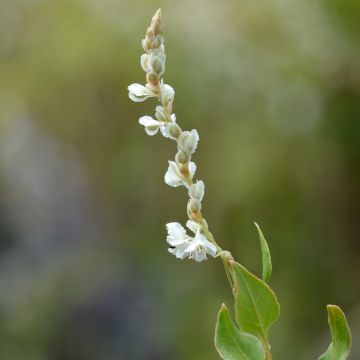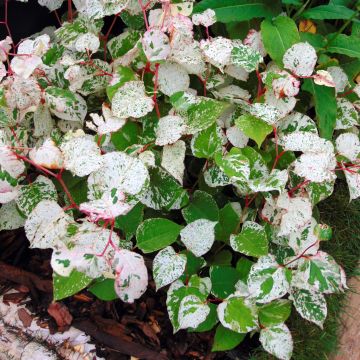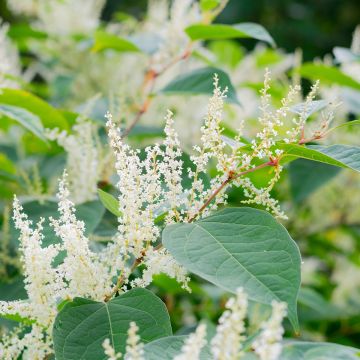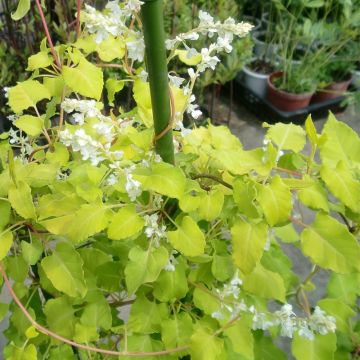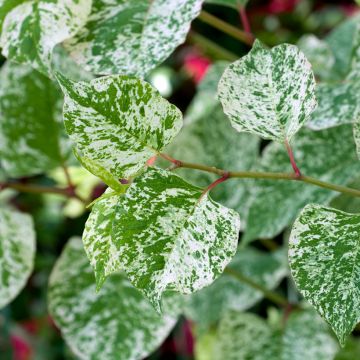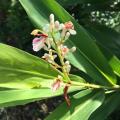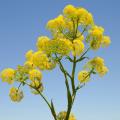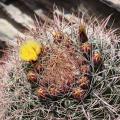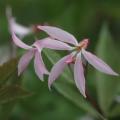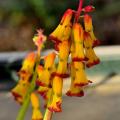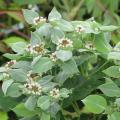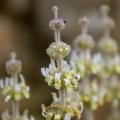Fallopia
Would this plant suit my garden? Set up your Plantfit profile →
Available in 2 sizes
Available in 1 sizes
Available in 1 sizes
Available in 1 sizes
Available in 1 sizes
The perennial Fallopia, formerly classified as Polygonums (knotweeds) and then as Reynoutria, may have finally found its definitive name. They are herbaceous or semi-woody climbing plants of the family Polygonaceae with great vigour and excellent hardiness. Rare in cultivation except for the giant Fallopia aubertii, let's mention nonetheless Fallopia sachalinensis and its cousin Fallopia bohemica Spectabilis which have recently made their way into gardens. Each spring Fallopia produce herbaceous stems with woody bases, creeping or twining, which can reach 2 to 8 metres (7 to 26 feet) in length. The entire leaves are heart-shaped. All their above-ground growth dries up in winter. Flowering occurs in late summer and autumn, taking the form of whitish flower spikes. Ideal for hiding fences or unsightly structures, fallopia can sometimes become invasive where they thrive. They like deep, loose and rather moist soil, in full sun or partial shade.
Haven't found what you were looking for?





































